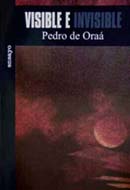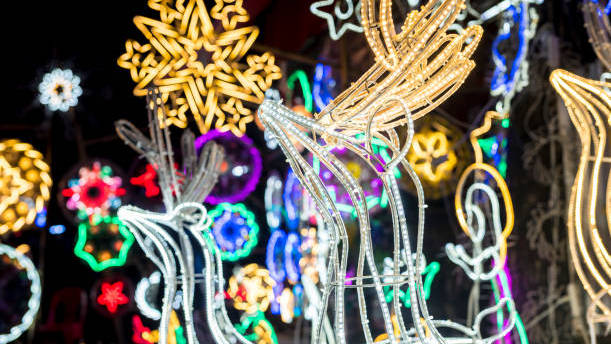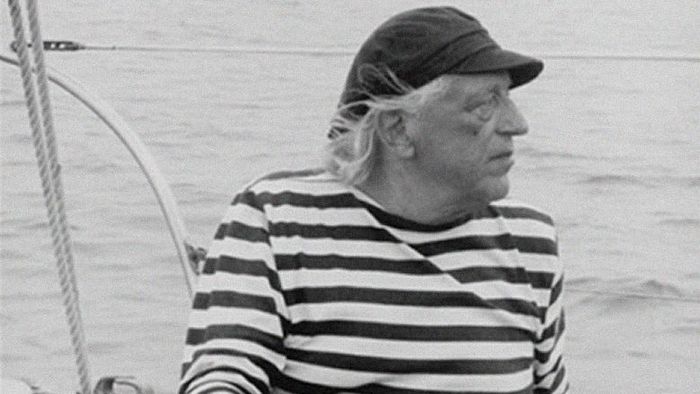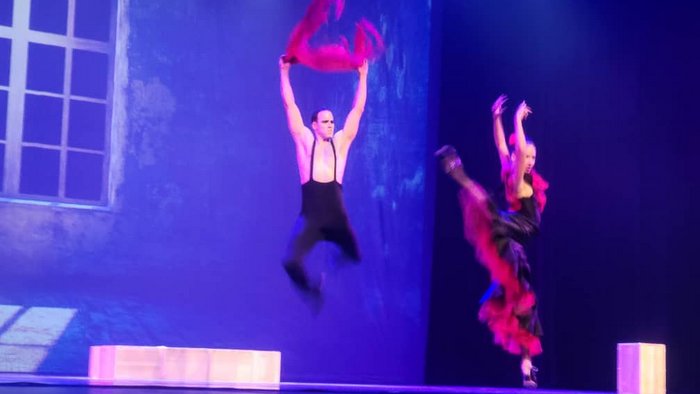As I read on Visible and Invisible, I imagine the exceptional hand of Pedro de Oraa –the hand of a painter and author, making sure this appraisal doesn’t lean solely to one side– assisted by profound thinking and abundant reflexive power. It’s all about a revealing text teeming with insightful observations that shed light on the wide horizon of Cuba’s fine arts; a compilation of ideas backed up by his condition as a sheer creator, an essential witness and stakeholder. Therefore, its value is unfathomable. The compilation of essays, articles and brief notes that makes up this volume points to a sort of grand tour with mandatory stops at developments, epochs and artists whose significance has called for the inevitable comments by Pedro de Oraa in due time. This book serves not only as a bridge for communication among people closely linked to the realm of arts; its inflection reaches out to those boundaries and beyond to cater to a more general readership interested in the intricate workings of the fine arts and, at the same time, in need of assistance for their comprehension. Such a book is like a ship built to sally forth into a journey around some zones of the Cuban art, starting out on the genesis of the things with brief notes on such forerunners as Jose Nicolas de la Escalera –the first Cuban painter and author of the murals at the Santa Maria del Rosario Church. On he goes with the carving harbingers like Vermay, Miahle, Laplante, all foreigners whose vision –somewhat limited, we might say- barred them from grasping the grandeur of our environment. That’s how Pedro de Oraa deals with Landaluze, the cynic; with the foundation of the great San Alejandro School back in 1818, and imawith Chartrand, one of those painters who never managed to fully cotton on to the mysteries of the island nation’s landscape –despite his subtle approaches to the Cuban environment. On the go and with a few pauses along the way, art and painting break free from the rest of the content and get a hold on new spaces in which the jittery paintbrush leaves behind the academy with its canons and orthodoxy. The author stops on year 1927 to comment on that modern wave that carries such names on its crest as Aristides Fernandez and Victor Manuel, among others. And then he gets to Eduardo Abela and his Free Painting and Sculpture Studio, Mariano and Portocarrero. Thus, Pedro de Oraa is unintentionally capable of making a synthetic approach to a vast panorama in the history of Cuba’s fine arts. Among the book’s highlights, I’d like to underscore –from the top and bottom sections- some essayistic texts like “Entry into Cuban Painting”, “The Affinities of Origins”, “The Course of the Eleven”, “A Plastic Experience: The Ten Concrete Painters” and “Commentaries on the Color- Luz Gallery”, a highly testimonial piece. In this text, Pedro looks into the importance and functions of art galleries, something he calls “philanthropic and creative” institutions, in particular the Color-Luz Gallery founded in Havana in 1957 for the promotion and sale of Cuban avant-garde artworks and opened by poet Jose Lezama Lima who in his speech –as Pedro writes– labeled the place as “a bamboo palisade of images”. In section two of the book –home to the briefest writs and perennially critical of the latest contemporariness- quite a standout is the unmistaken nature of the poem entitled “El Onomante” that leads off the “Aisar and the Human Comedy text”: let us go back to the feast / nothing fateful, nothing definite / the island sails on and the weather clears. This article shatters the traditional body of critique only to take on a different language for its speech because Pedro’s has the gift of capturing –as well as discovering and describingthe poetic reflection of the fine artworks. Visible and Invisible is a book that readers will appreciate. The doors it goes through, from assorted standpoints, remain open with everything set to let the word out on its quest for new clearings in the woods. Luis Lorente (Cuba) Author mariaga@enet.cu



















